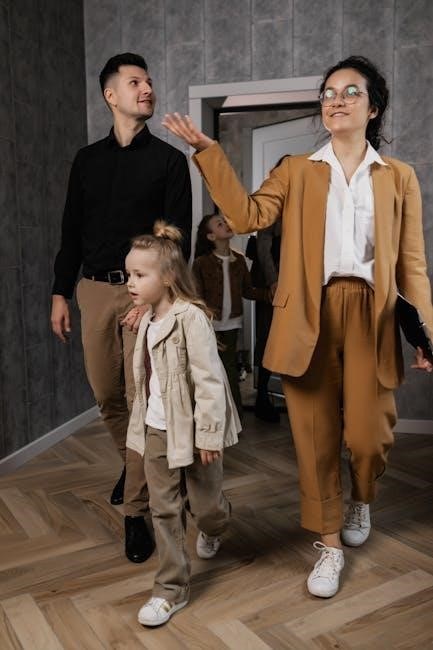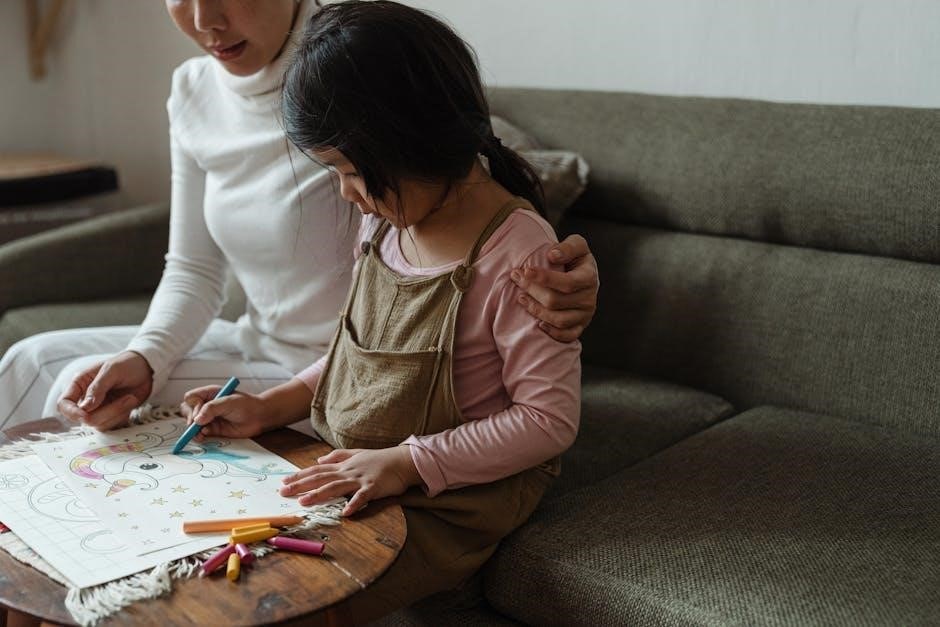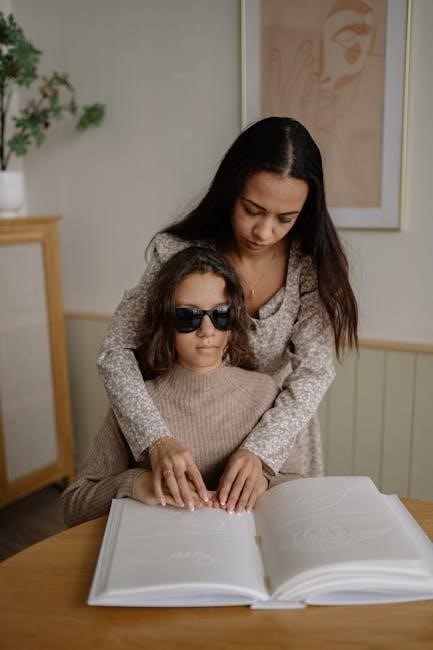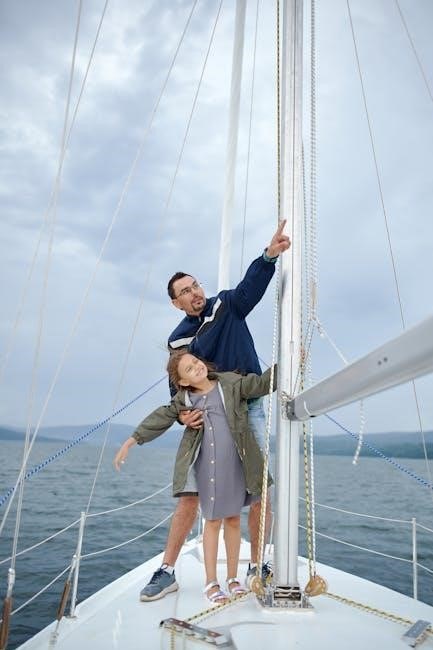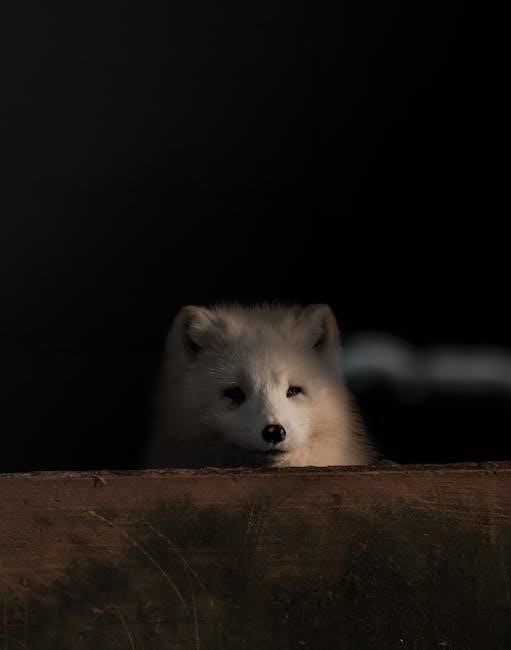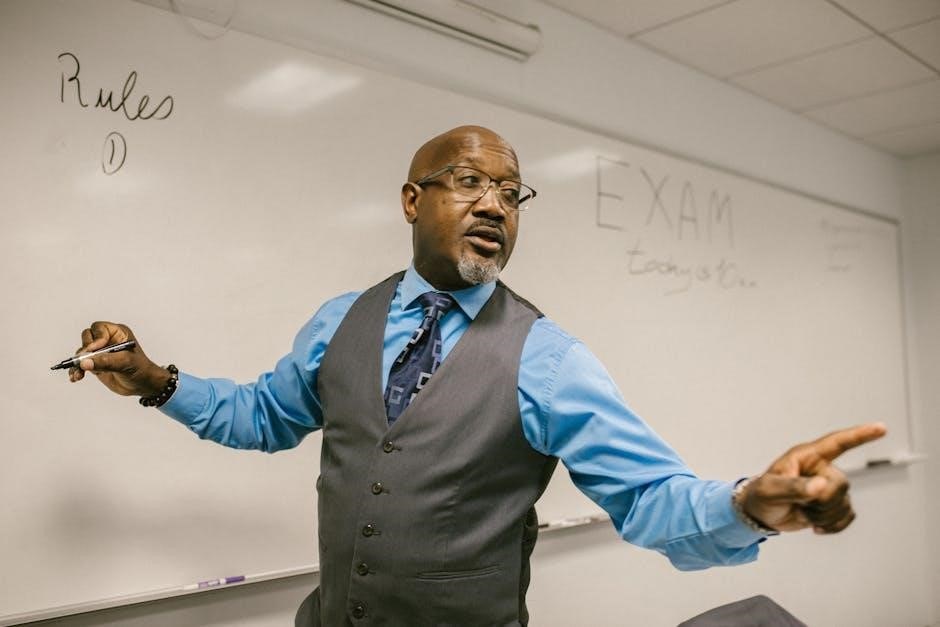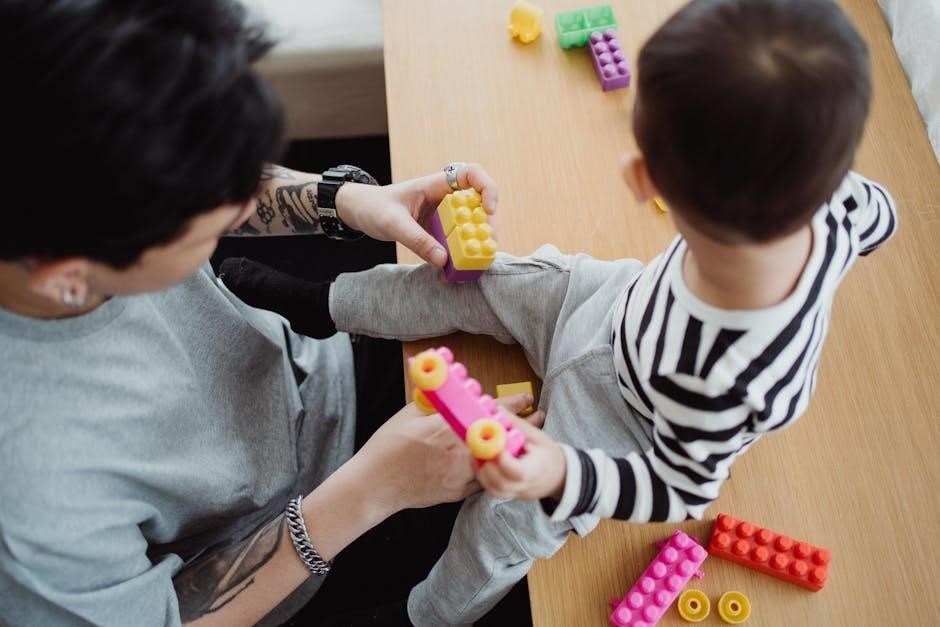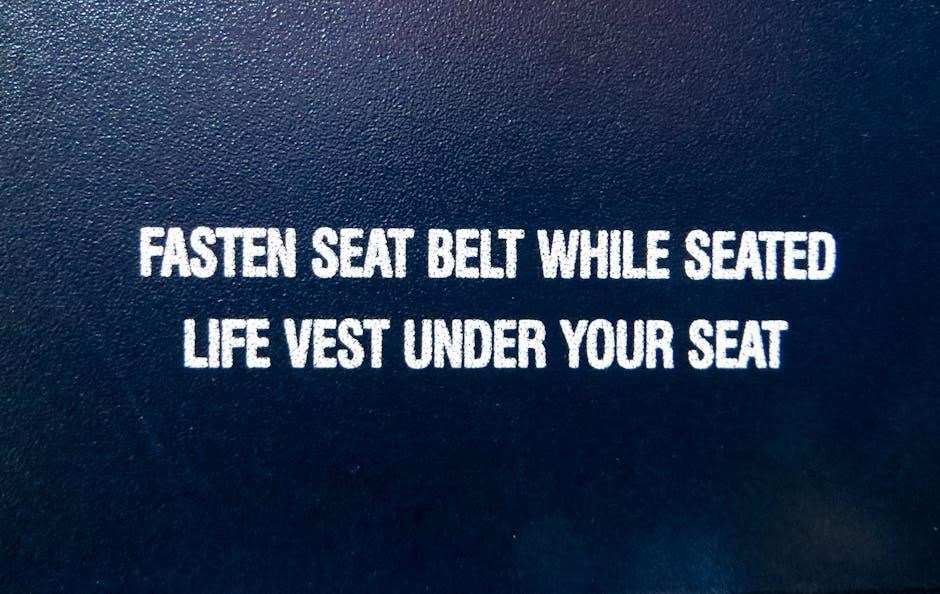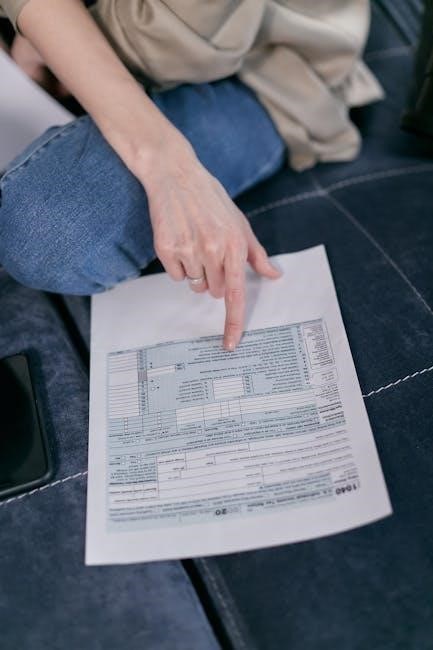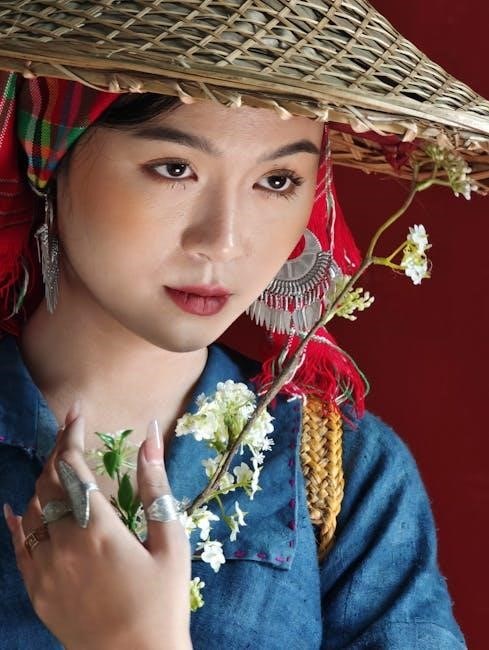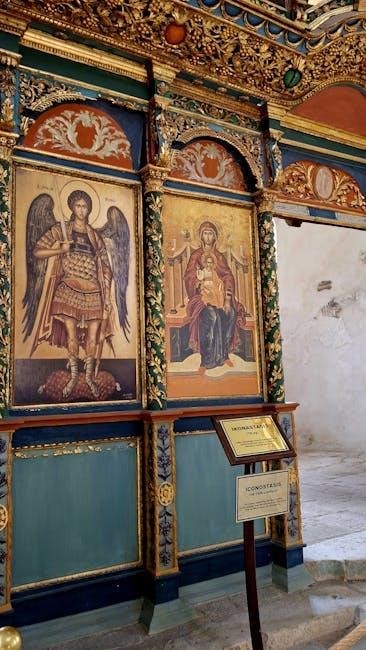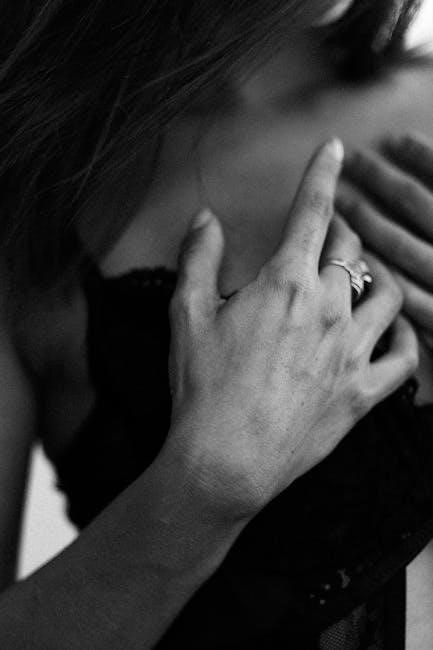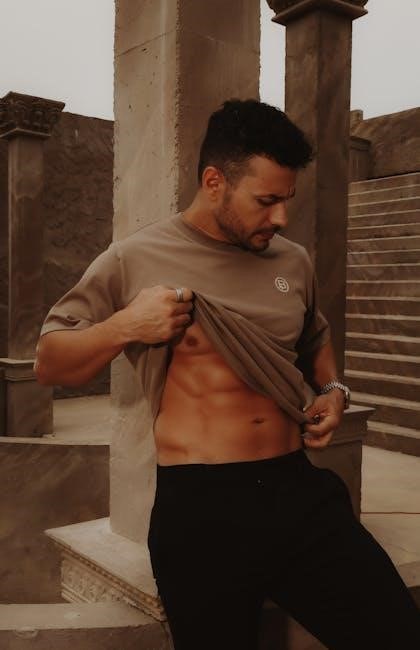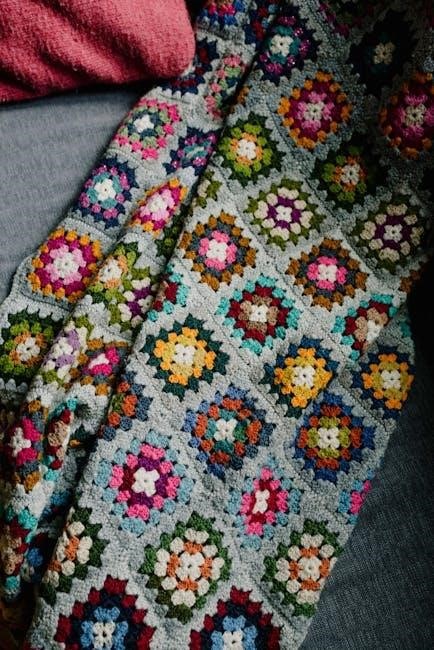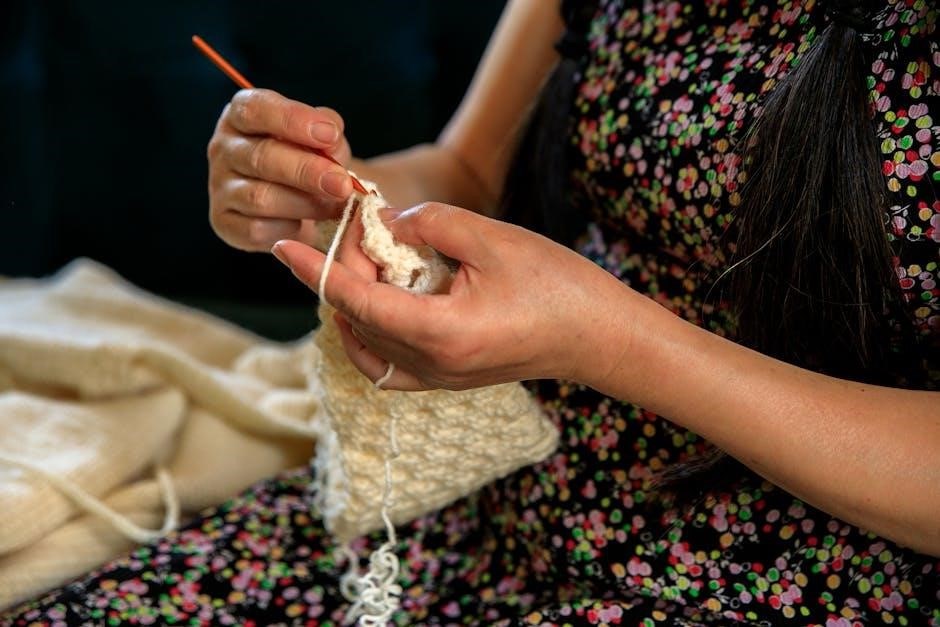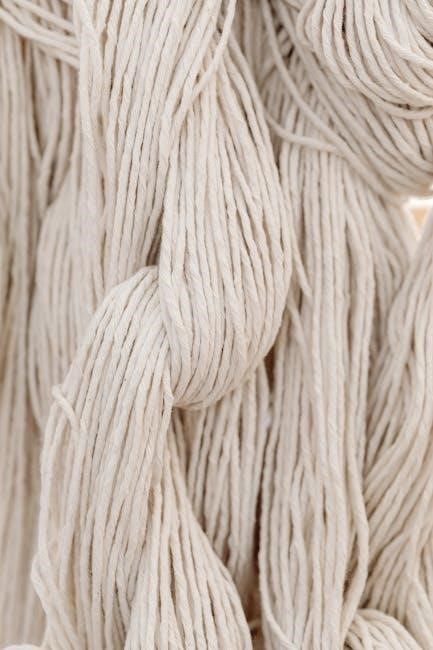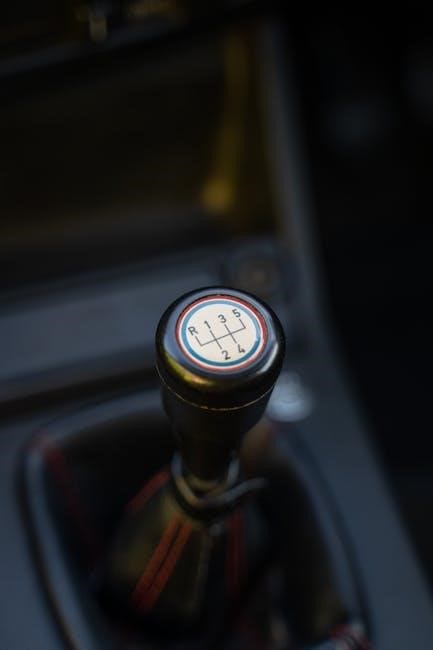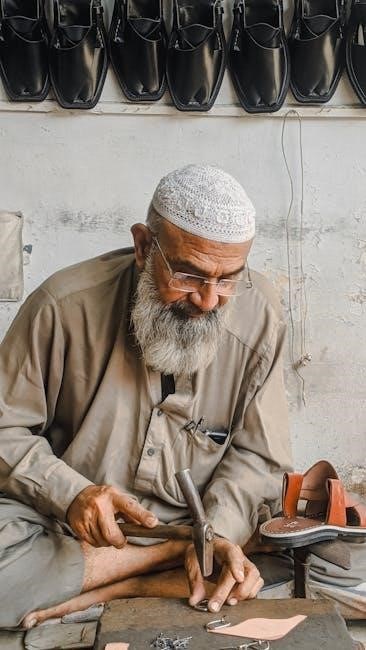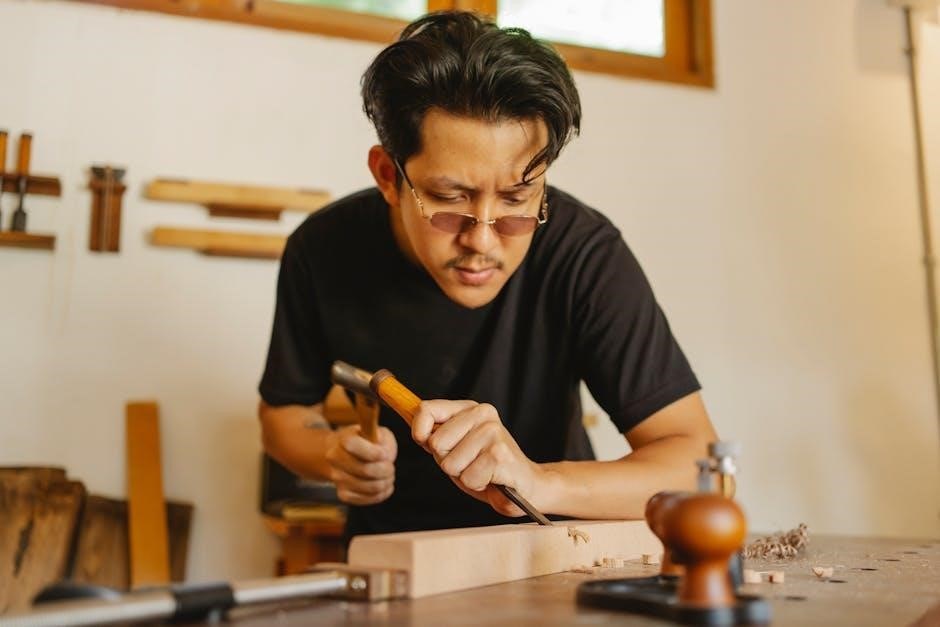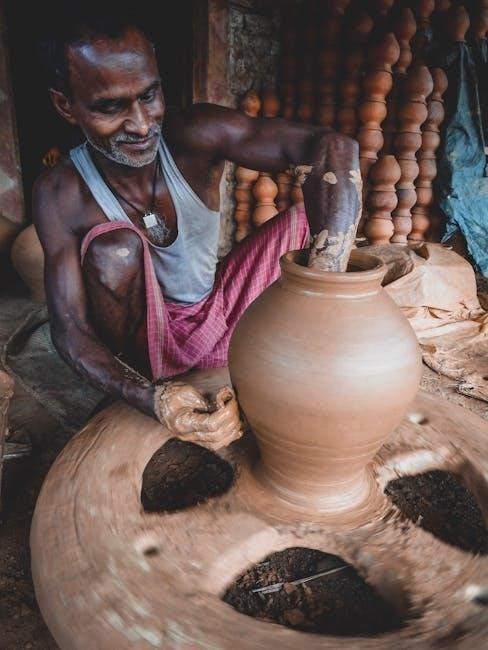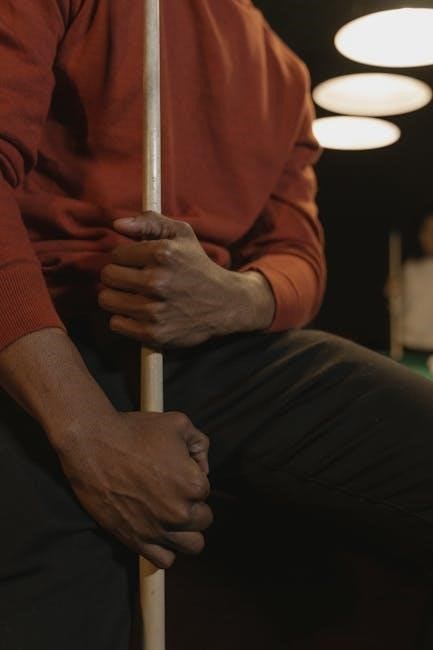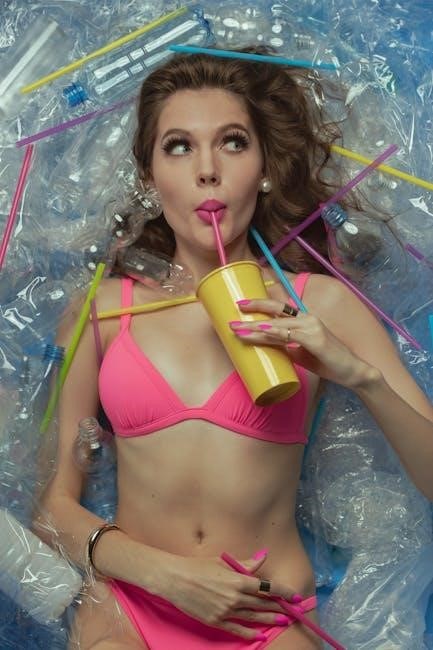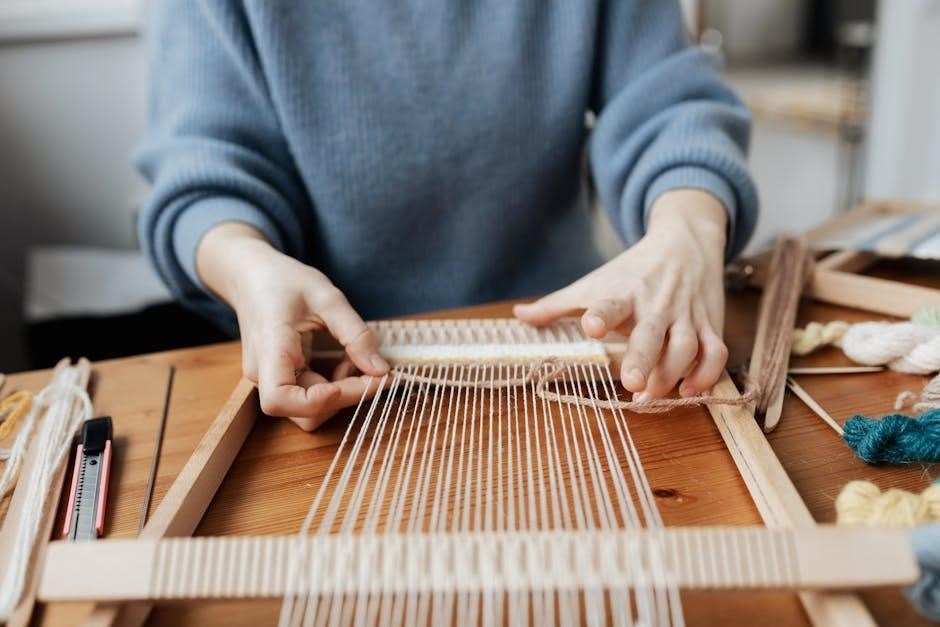NCAA International Academic Standards Guide: An Overview (Updated November 28, 2025)
Recent updates, including the House v. NCAA settlement and October 22, 2025, rulings, significantly impact international student-athlete eligibility standards and requirements.
Navigating NCAA rules, translation of records, and credential equivalency are crucial for international students seeking athletic opportunities in the United States.
For international students aspiring to compete in NCAA athletics, understanding the eligibility process is paramount. The NCAA establishes specific academic standards that differ from those in many home countries, creating unique challenges. These standards ensure academic preparedness and fairness across all student-athletes.
Initial eligibility hinges on successful completion of core coursework, achieving minimum GPA requirements, and submitting valid standardized test scores (SAT/ACT). However, international students face additional hurdles, including the accurate translation of academic records and the evaluation of international credentials for U.S. equivalency.
Furthermore, visa requirements can impact a student’s ability to enroll and participate, necessitating careful planning and adherence to NCAA regulations. The NCAA Eligibility Center serves as the primary resource for navigating these complexities, offering guidance and processing eligibility certifications.
The NCAA Eligibility Center: Your First Step
The NCAA Eligibility Center is the foundational starting point for any international student seeking to compete in NCAA Division I or II athletics. Registration with the Eligibility Center is mandatory and initiates the academic evaluation process. This involves submitting official transcripts, standardized test scores, and completing a detailed questionnaire about your academic history.
The Center meticulously reviews academic records to determine core-course completion and GPA equivalency, often requiring course-by-course evaluations for international curricula. Accurate documentation and timely submission are critical to avoid delays.
International students should register early – ideally during their sophomore or junior year of secondary school – to allow ample time for processing. The Eligibility Center website provides comprehensive resources, FAQs, and contact information for assistance throughout the certification process.
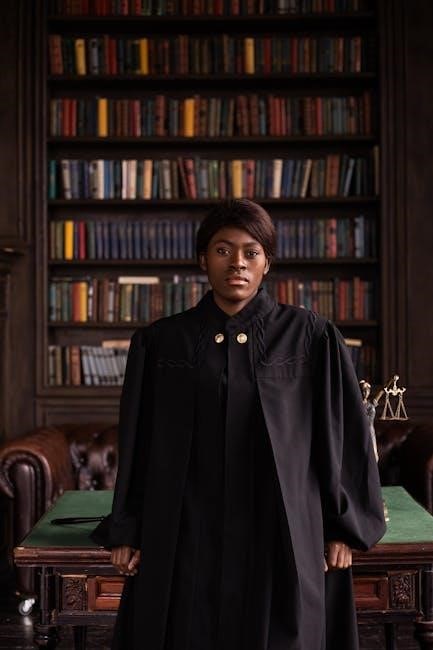
Core Course Requirements
Meeting specific core-course area requirements in English, math, natural/physical science, social science, and additional areas is essential for NCAA eligibility certification.
NCAA-approved courses are vital; ensure your high school coursework aligns with NCAA standards for proper credit allocation.
Understanding Core-Course Areas
The NCAA establishes distinct core-course areas that international student-athletes must successfully complete to demonstrate academic preparedness for Division I or II college athletics. These areas include a minimum number of courses in English (four years), mathematics (four years), natural/physical science (two years), social science (two years), and additional courses in either academic distribution or foreign language.
It’s crucial to understand that the NCAA doesn’t simply accept any high school course; courses must meet specific academic rigor standards. International curricula vary significantly, so careful evaluation of course equivalency is paramount. The NCAA Eligibility Center assesses transcripts to determine if courses align with U.S. core-course requirements.
Students should work closely with their high school counselors to ensure they are enrolled in courses that will be accepted by the NCAA, avoiding potential eligibility issues later on.
Minimum Core GPA Requirements
The NCAA mandates a minimum core GPA on a 4.00 scale for initial eligibility. Currently, Division I requires a 2.3 GPA in core courses. However, a sliding scale combines GPA with standardized test scores (SAT/ACT) to determine eligibility. Lower GPAs may be offset by higher test scores, and vice versa, though recent changes are impacting this reliance on testing.
International students face unique challenges in GPA calculation due to differing grading systems. The NCAA Eligibility Center converts international grades to a 4.00 scale, which can sometimes be complex and require official transcript evaluations.
Meeting the minimum GPA is not a guarantee of eligibility; students must also fulfill core-course requirements and meet any applicable standardized test score standards. Careful academic planning is essential.
NCAA-Approved Courses: A Crucial Factor
Not all courses are equal in the eyes of the NCAA. Only courses completed in NCAA-approved core areas are eligible to count towards initial-eligibility requirements. This is particularly important for international students, as course equivalencies can be complex.
High school officials are responsible for identifying NCAA-approved courses. If a course isn’t listed, it may be possible to request a review from the NCAA Eligibility Center, but this process isn’t guaranteed.
International curricula often differ significantly from the U.S. system. Therefore, verifying that courses meet NCAA standards before taking them is highly recommended. Failure to take NCAA-approved courses can jeopardize a student’s eligibility, regardless of GPA or test scores.

Standardized Test Scores
SAT/ACT scores remain a key component for many international student-athletes, with specific submission guidelines and validity periods dictated by the NCAA Eligibility Center.
SAT/ACT Requirements for International Students
For international students, the NCAA requires submission of either SAT or ACT scores to determine initial eligibility. While minimum score requirements exist, they are subject to change and depend on the student’s core-course GPA.
Currently, the NCAA utilizes a sliding scale, meaning a lower test score may be acceptable with a higher GPA, and vice versa. It’s crucial to consult the NCAA Eligibility Center’s website for the most up-to-date sliding scale charts.
Students should register for the SAT or ACT through the official College Board or ACT websites, respectively, and request that scores be sent directly to the NCAA Eligibility Center using the appropriate NCAA code. Understanding these requirements is vital for a smooth eligibility process.
Score Submission Guidelines
International students must submit their official SAT or ACT scores directly to the NCAA Eligibility Center. Self-reported scores are not accepted for initial-eligibility determination. Utilize the designated NCAA code when registering for the tests to ensure scores are sent correctly.
The NCAA does not accept scores reported on high school transcripts; official score reports from the testing agencies are mandatory. It’s advisable to submit scores well in advance of application deadlines to avoid potential delays in the eligibility review process.

Confirm with the NCAA Eligibility Center regarding any specific submission requirements for international credentials. Accurate and timely score submission is paramount for a successful eligibility assessment.
Test Score Validity and Waivers
NCAA-required test scores generally remain valid for four years from the test date. However, it’s crucial to verify the current validity period with the NCAA Eligibility Center, as policies can evolve. Scores older than the accepted timeframe will not be considered during the eligibility assessment.
Waivers for standardized test requirements are extremely limited and typically granted only in exceptional circumstances, such as documented disabilities or unforeseen emergencies. The NCAA Eligibility Center maintains a strict waiver process with specific documentation requirements.
International students seeking a waiver must provide compelling evidence supporting their request. Approval is not guaranteed, and the NCAA retains final discretion regarding waiver decisions.

International Student Specific Considerations
Accurate translation of academic records and establishing international credential equivalency are vital steps for international student-athletes pursuing NCAA eligibility.
Visa requirements can also impact a student’s ability to enroll and participate in college athletics.
Translation of Academic Records
The NCAA Eligibility Center requires official translations for all academic records not originally issued in English. These translations must be word-for-word, ensuring complete accuracy of course titles, grades, and credit hours.
Acceptable translation methods include utilizing the National Association of Credential Evaluation Services (NACES) approved vendors or submitting translations performed by a certified translator. Simply providing a self-translated document is insufficient and will not be accepted.
It’s crucial to submit both the original academic record and the official translation simultaneously to avoid delays in the eligibility evaluation process. The NCAA emphasizes the importance of a precise and verifiable translation to accurately assess a student-athlete’s academic preparation. Failure to adhere to these guidelines can jeopardize eligibility.
Equivalency of International Credentials
Determining the U.S. high school equivalency for international academic credentials is a critical step in the NCAA eligibility process. The NCAA Eligibility Center doesn’t directly assess equivalency; instead, it relies on approved credential evaluation services like those accredited by NACES.
These services analyze transcripts to determine the equivalent U.S. high school diploma and core-course requirements. The evaluation report details whether the student has met the necessary academic standards for NCAA eligibility, including core-course areas and GPA requirements.
It’s vital to select a NACES-approved evaluator to ensure the assessment is accepted by the NCAA. Submitting a credential evaluation from a non-approved source will not fulfill the NCAA’s requirements, potentially delaying or denying eligibility.
Visa Requirements and Impact on Eligibility
Securing the appropriate student visa (typically an F-1 visa) is paramount for international student-athletes. The visa status directly impacts NCAA eligibility; athletes must be lawfully admitted into the U.S. to compete; Any issues with visa status, such as violations or expiration, can jeopardize eligibility.
The Student and Exchange Visitor Program (SEVP) monitors international students’ visa compliance. NCAA eligibility staff may verify SEVP records to confirm a student’s legal presence. Maintaining valid visa status throughout their athletic career is the student-athlete’s responsibility.
Delays in visa processing or denials can significantly affect enrollment and, consequently, eligibility. Athletes should initiate the visa application process well in advance of their intended start date.
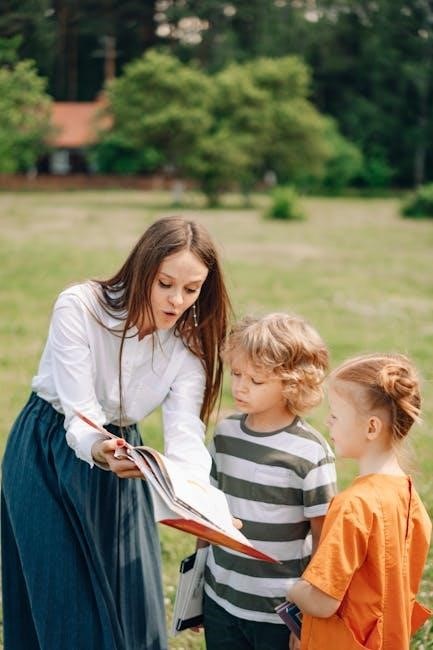
NCAA Rules and Regulations
International athletes must adhere to NCAA amateurism rules, including guidelines on Name, Image, and Likeness (NIL) and transfer eligibility standards, as of 2025.
Amateurism Rules for International Athletes
Maintaining amateur status is paramount for international student-athletes seeking NCAA eligibility. The NCAA’s amateurism rules, while evolving due to legal challenges like House v. NCAA, still govern permissible activities. International students must understand restrictions regarding compensation, endorsements, and professional play.
Specifically, accepting professional compensation in a sport related to their college sport jeopardizes eligibility. Participation in professional leagues, even briefly, requires careful review by the NCAA Eligibility Center.

The recent changes allow student-athletes to benefit from their Name, Image, and Likeness (NIL), but these opportunities must comply with NCAA, state, and university guidelines. International students face unique considerations regarding tax implications and visa requirements when pursuing NIL deals. Strict adherence to these regulations is vital to avoid jeopardizing their athletic careers.
Name, Image, and Likeness (NIL) for International Students
The evolving landscape of Name, Image, and Likeness (NIL) rights presents unique challenges for international student-athletes. While now permitted, navigating NIL deals requires careful consideration of U.S. laws and NCAA regulations. International students must be aware of potential conflicts with their visa status.
Visa regulations can restrict employment opportunities, and NIL activities may be scrutinized as potential unauthorized work. Tax implications are also complex, requiring international students to understand U.S. tax laws and reporting requirements.
Seeking guidance from the NCAA Eligibility Center, international student advisors, and qualified legal counsel is crucial. Ensuring compliance with all applicable rules is essential to avoid jeopardizing eligibility and visa status while capitalizing on NIL opportunities.
Transfer Eligibility for International Students
International student-athletes transferring between NCAA institutions face additional complexities beyond standard transfer rules. Maintaining academic eligibility while navigating transfer requirements is paramount, demanding meticulous attention to NCAA regulations and institutional policies.
Transferring impacts visa status, requiring coordination with the Designated School Official (DSO) to ensure continued compliance with student visa regulations. Documentation of prior coursework and academic credentials is crucial, often necessitating official translations and equivalency evaluations.
The NCAA’s transfer portal and updated eligibility rules, particularly those stemming from the House v. NCAA settlement, introduce further considerations. Seeking guidance from the Eligibility Center and international student services is vital for a smooth and compliant transfer process.

Recent Changes and Updates (2025-2026 & 2026-2027)
The House v. NCAA settlement and October 22, 2025, rulings are reshaping eligibility, while ongoing legal challenges continue to impact NCAA regulations for all athletes.
Impact of the House v. NCAA Settlement
The landmark House v. NCAA settlement is poised to fundamentally alter the landscape of college athletics, with significant ramifications for international student-athletes. This settlement directly addresses restrictions on Name, Image, and Likeness (NIL) rights, allowing all student-athletes, including those from abroad, to benefit from commercial opportunities.
For international students, navigating NIL deals introduces new complexities related to visa regulations and tax implications. Understanding these nuances is crucial to ensure compliance and avoid jeopardizing their eligibility. The settlement also prompts a re-evaluation of amateurism rules, potentially impacting eligibility criteria based on professional or international athletic participation prior to enrollment.

Furthermore, the settlement’s focus on athlete rights may lead to increased legal challenges to existing NCAA rules, potentially affecting international student-athlete eligibility standards in the coming years. Staying informed about these evolving legal interpretations is paramount.
Updates to Eligibility Rules (October 22, 2025)
The Division I Administrative Committee’s statement on October 22, 2025, outlines crucial updates to eligibility rules for the 2025-26 and 2026-27 academic years. These changes impact all student-athletes, including those from international backgrounds, requiring careful attention to detail.
Specifically, the updates address ongoing legal challenges to NCAA regulations, potentially easing some restrictions on transfer eligibility and academic requirements. International students should closely review how these modifications affect their specific circumstances, particularly regarding transfer credit evaluations and core-course equivalencies.
It’s vital to note that these are interim adjustments, pending further legal developments and potential long-term rule changes. The NCAA Eligibility Center remains the primary resource for the most current and accurate information regarding eligibility requirements for international student-athletes.
Ongoing Legal Challenges to NCAA Rules
Numerous lawsuits filed by former student-athletes are currently challenging the NCAA’s historical rules regarding eligibility and amateurism, creating a dynamic legal landscape. These challenges, building upon the momentum of the House v. NCAA settlement, directly impact international student-athletes navigating the eligibility process.
Recent court decisions, such as the NCAA’s win at the U.S. Court of Appeals for the Seventh Circuit, demonstrate the ongoing legal battles. However, further litigation is anticipated, potentially leading to significant alterations in NCAA regulations concerning name, image, and likeness (NIL) rights and transfer policies.
International students must stay informed about these developments, as evolving legal interpretations can affect their eligibility status and opportunities within collegiate athletics. Consulting with legal counsel specializing in NCAA compliance is highly recommended.

Resources and Support
The NCAA Eligibility Center website provides comprehensive guidance, alongside direct contact options for personalized assistance. Third-party resources further support international student-athletes.
NCAA Eligibility Center Website
The NCAA Eligibility Center website (eligibilitycenter.org) serves as the primary hub for international student-athletes seeking to understand and fulfill NCAA academic requirements. It offers detailed explanations of core-course standards, standardized test score submission guidelines, and international credential evaluations.
Crucially, the website provides access to the official NCAA Eligibility Center account where students register, submit transcripts, and track their academic progress. International students will find specific sections addressing translation requirements and equivalency assessments. Regularly updated information regarding the impact of the House v. NCAA settlement and recent rule changes (like those released October 22, 2025) are also prominently featured.
The site’s FAQ section is invaluable, and downloadable resources offer step-by-step guidance through the eligibility process. It’s essential to consult the official website for the most current and accurate information.
Contacting the NCAA Eligibility Center
Direct communication with the NCAA Eligibility Center is vital for international student-athletes facing complex eligibility questions. The center offers several avenues for contact, primarily through its official website (eligibilitycenter.org). A dedicated contact form allows for submitting specific inquiries regarding academic requirements, transcript evaluations, and standardized test scores.
While phone support is limited, the website provides a comprehensive FAQ section addressing common concerns. International students should clearly articulate their situation when submitting questions, referencing their NCAA ID number for faster processing.
Be aware that response times can vary, particularly during peak registration periods. It’s crucial to initiate contact well in advance of application deadlines, especially considering recent rule updates from October 22, 2025, and the ongoing impact of the House v. NCAA settlement.
Third-Party Resources for International Student Athletes
Navigating the NCAA eligibility process can be complex for international students, and several organizations offer valuable support. Educational advisors specializing in NCAA requirements can assist with course selection and transcript evaluation, ensuring alignment with core-course areas.
Numerous companies provide credential evaluation services, translating academic records and determining U.S. equivalencies – a critical step for international applicants. However, carefully vet these services to ensure NCAA acceptance.
Online forums and communities connect international student-athletes, offering peer support and shared experiences. Remember to verify information obtained from unofficial sources against official NCAA guidelines, especially given recent changes stemming from the House v. NCAA settlement and updates from October 22, 2025.



